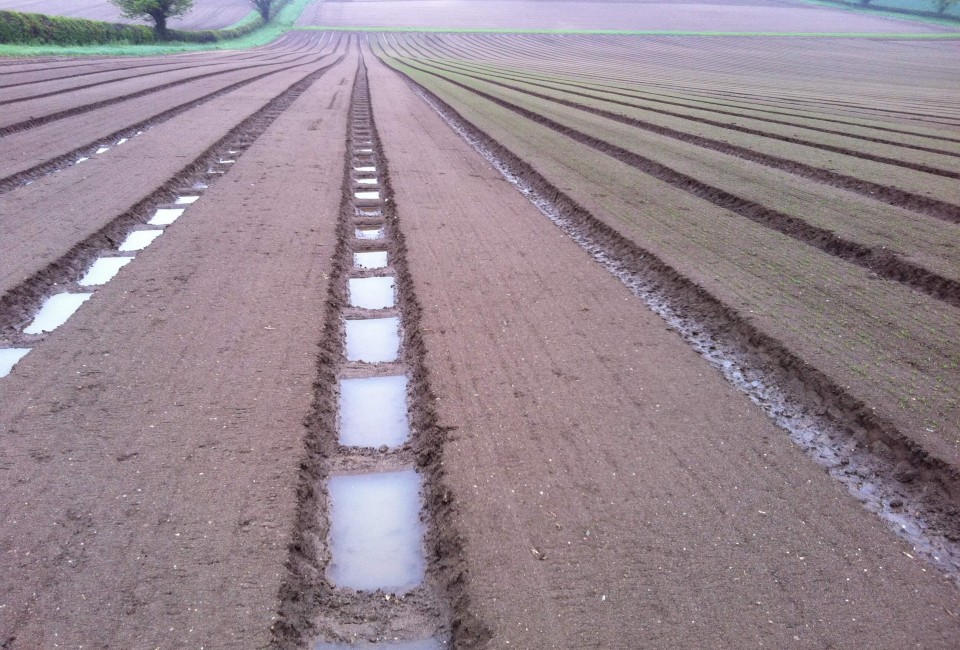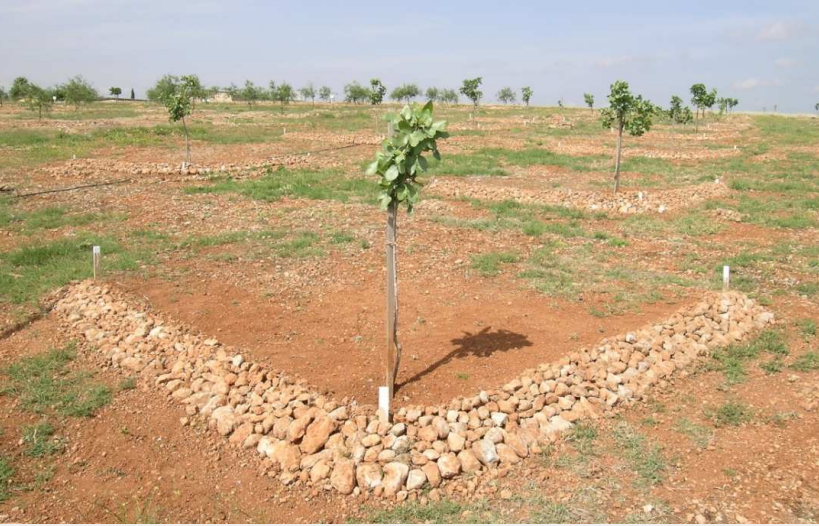In a natural catchment area, rain and run-off water will always flow downhill and collect in a body of water such as a stream, a river, or a dam. Man-made catchment areas follow the same rule but in specific areas.
Water harvesting between tree rows that are widely spaced
There is a run-off area and a collection area in this method. The run-off area must be large enough to provide enough water to the root zone on a regular basis. The soil must be able to easily absorb the water and hold the water in the storage area. Evaporation can be decreased by covering the collection area. Water penetration is increased by little dams surrounding the trees that are shaped in such a way that one runs into the other. The weir’s height must be sufficient to manage a once-in-ten-year rainfall run-off.
Water harvesting between crop rows that are widely spaced
In sand and clay soils, a Briggs Tied ridger is employed with great success to create dams to collect water and to prevent run-off. This device can be attached behind any implement and used during each tilling between plant rows that are widely spaced. The device is specifically designed with paddle wheels to form and press consistently sized and spaced dams. These weirs generate little dams during thunderstorms, collecting water that reaches the root zone.
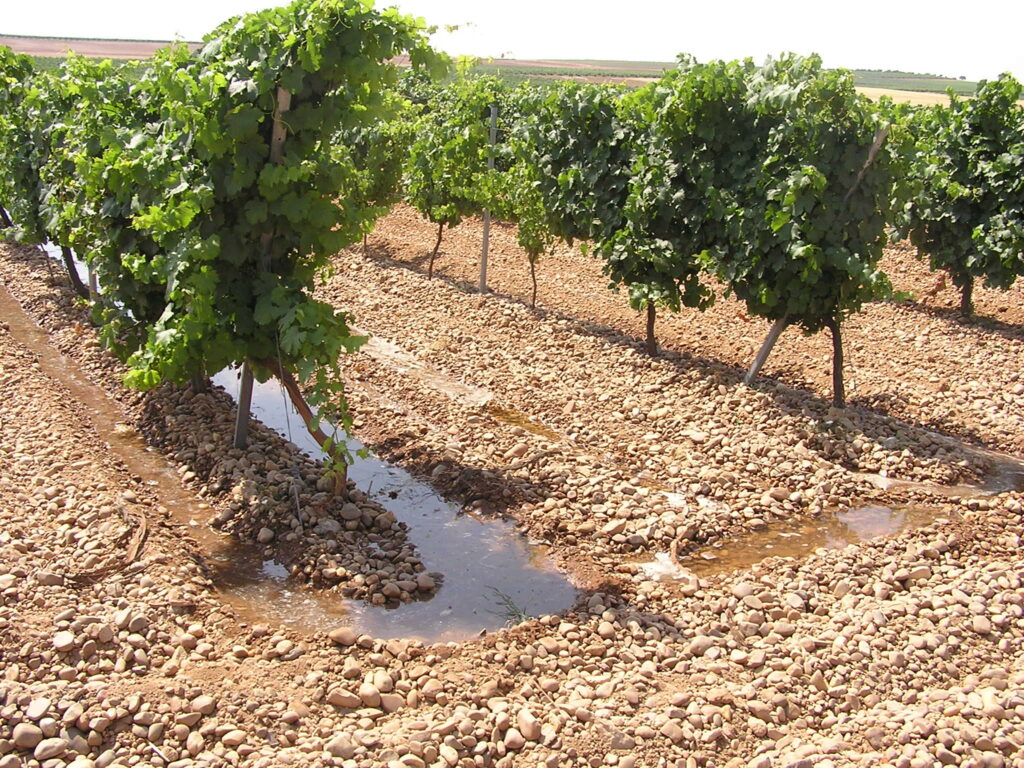
Collection of water between rows of a vineyard. (Source: global.oup.com)
Water collection in an agricultural setting in an exposed area
Farmers commonly employ three devices to keep rainwater from running off open fields:
Spotter’s plough
This plough works by allowing the tractor’s hydraulic system to move up and down to create short, oblong trenches. Water gathers in these trenches during rain showers, allowing for improved filtration. As a result of the improved soaking, the vegetation grows, preventing more water run-off.
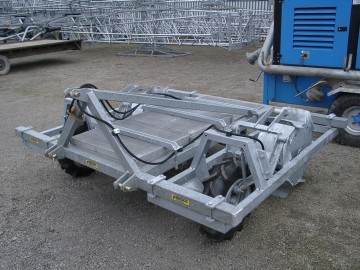
A Briggs Tied ridger mounted behind a hoeing implement constructslittle dams. (Source: briggsirrigation.co.uk)
Plough with ripper tines (or sub-soiler)
The ripper tine plough creates small dams in the same way that the spotting plough does, except the ripper tine stays in the soil permanently, and an oval wheel elevates the plough to create little rectangular dams. As a result, the operator does not have to operate the tractor’s hydraulic system, and the tractor maintains consistent traction. The ripper tine loosens the soil between the little dams, allowing more water to penetrate. This method creates a superior seedbed for the development of vegetation.
The micro catchment area is built with local materials. The illustration indicates how it works. (Source: unece.org)
Plough with a disc ripper
A disc ripper plough is used in the same way as the two ploughs listed above, and it is particularly effective at re-establishing vegetation in some soils. This plough has the benefit of being easily built from discarded ploughs. The major disadvantage of this plough is that it smears the sides of the small dams in some soils, causing the water to take too long to permeate the soil. As a result, the seedlings become wet.
Water harvesting from micro catchment areas
Same idea as in widely-spaced tree rows, with the exception that the run-off area can be much larger and it must serve a relatively small catchment area (see images above). The treated area must be completely devoid of vegetation and kept as dry as possible.
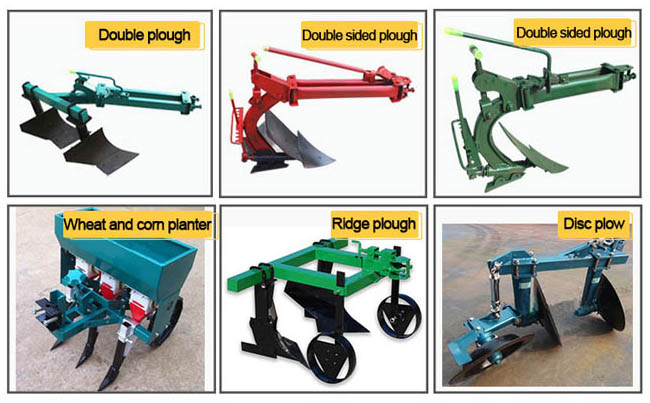
Ploughing implements. (Source: everychina.com)
Area required for water collection
The above-mentioned rainfall harvesting techniques can harvest a lot of water. This water can be used in a variety of ways. Over the course of six months, plants require around 5 mm of irrigation every day. A rough calculation of the size of the run-off area for irrigating one square metre can be made if the run-off is 100% and the storage capacity is sufficient.
Use the following procedure:
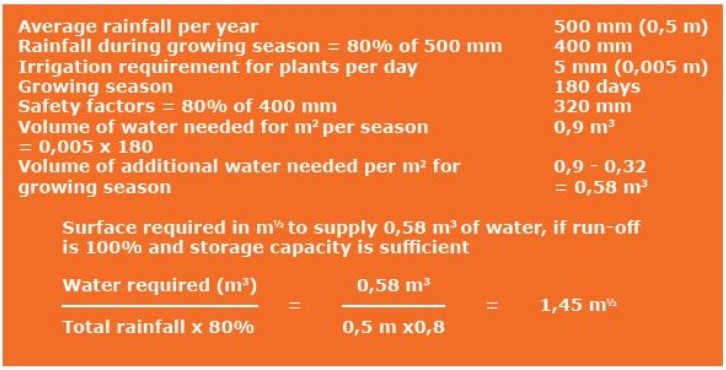
As a result, for 1 hectare of irrigation under these conditions, a storage capacity of 0,58 x 10 000 = 5 800 m3 and a collection area of 1,45 hectares is required. A basic rule of thumb is that for every m2 of irrigation, a 2 m2 collection area is required. When applying this estimate, factors like run-off potential and storage capacity must be considered.
More precise computations can be made when particular long-term rain data is available.

The information provided in this article is credited to the Institute of the Agricultural Research Council (ARC). For more information, visit their website at www.arc.agric.za, contact them on +27-12-842-4000 or send an e-mail to iae@ing1.agric.za.

